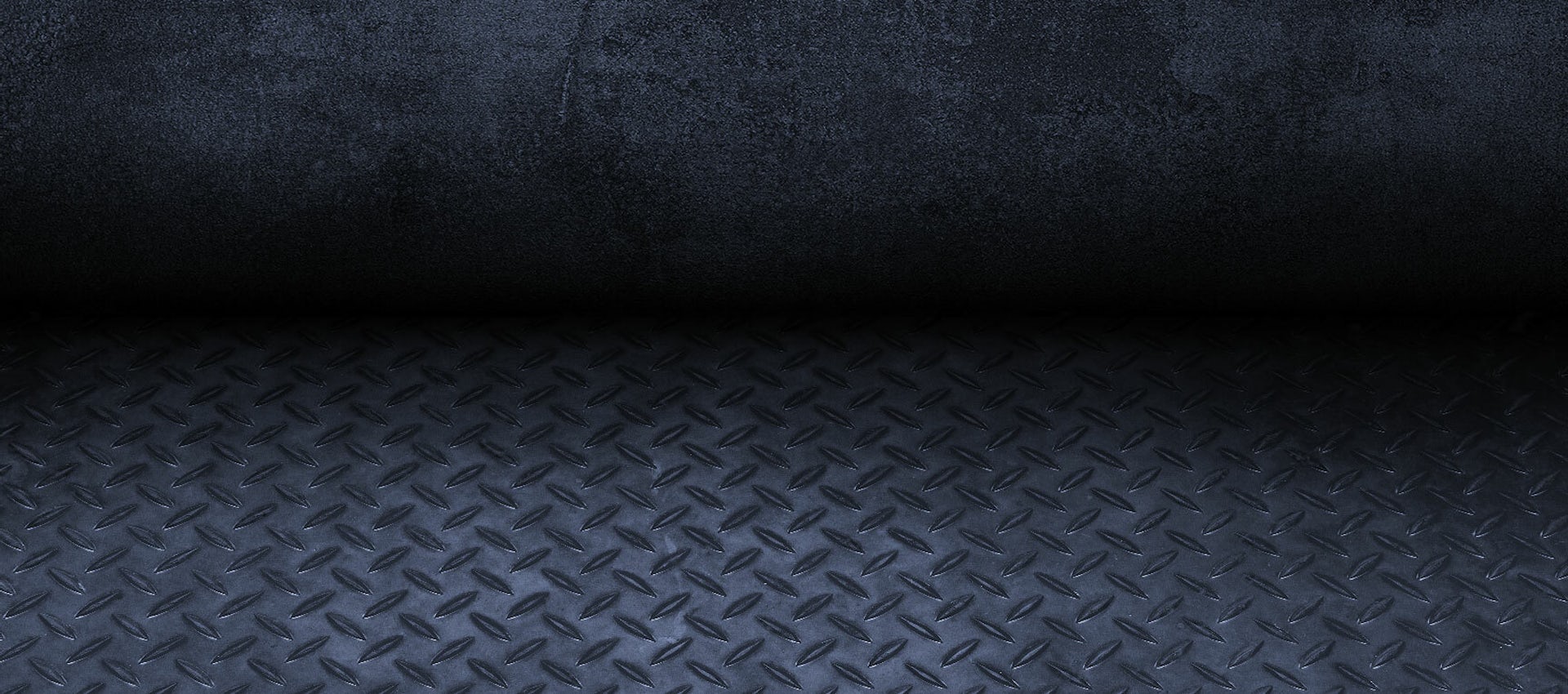- Guides
Losing Weight the Key to a Healthy Jetting Business

The Euro6 emissions standards officially go live in September 2016 and have been getting increasingly more demanding for diesel engine suppliers since the early 1990s. The latest regulations will hit light commercial vehicles with an expectation to reduce Nitrogen Dioxide (NO2) levels by 55% on all newly manufactured vehicles, with certain city restrictions, particularly London, applying to all vehicles that do not comply, irrespective of age.
This has forced many commercial vehicle manufacturers to modify their vehicles in order to comply. Most manufacturers have opted for the Selective Catalytic Reduction (SCR) method which converts the NO2 into Nitrogen “N” (Carbon Dioxide & Water) which is far better for our atmosphere given that it already makes up for 78% of it.
This will be achieved by using Adblue, a diesel exhaust fluid used as a reductant. Sadly this means that vehicles will need an Adblue tank of around 15-20 litres with consumption ranging from 200-750 miles per litre of Adblue. Whilst this will increase running costs and also purchase costs as manufacturers try to recoup their engineering and development expenses; the engines will be more economical on fuel consumption and we expect some tax advantages to boot. The downside is that payload for vehicles, depending on the technology employed, will reduce from anywhere between 50kg and 300kg but more typically under 100kg.
With our customers wanting to offer more and more services from their vehicles, with the DVSA & VOSA becoming ever more vigilant on roadside checks and fines and penalties ever on the increase, the weight of your jetter has never been so important. Starting at just 360KG and with an installed price from £6,995, the V-Pack Series of jetting equipment may soon be the low cost jetter of necessity and not just the low cost jetter of choice.
EURO 6 – The Full Report.
The European Emission Standards were first introduced in the early 90’s to reduce air pollution in urban areas. The primary focus for this legislation was trucks and buses, but they also affect passenger cars and light commercial vehicles. In this article, we attempt to dispel some of the myths and shine a light on an issue that, until now, has gone relatively unnoticed by van operators.
What is Euro-6?
The European Commission set the limit on the amount of particulate matter (PM) that motor vehicles could emit over a set distance. To give the manufacturers more time to develop and engineer the technology, the legislation would be rolled out over certain time periods, typically four years, with each stage being stricter than the previous. The latest stage, Euro-6, will be a mandatory requirement for all light commercials from September 2016, and will reduce Nitrogen dioxide by more than 55%.
How do vans meet Euro-6?
There are a number of ways to reduce the amount of Nitrogen dioxide, but it looks like most manufacturers are opting for the Selective Catalytic Reduction (SCR) method. This adds a reductant to the Nitrogen dioxide and turns it into Nitrogen, carbon dioxide and water.
What is Adblue?
For motor vehicles, Adblue (also known as diesel exhaust fluid) is used as the reductant. It costs around £15 for a 10-litre container (significant reductions for bulk purchases) and can be bought from most truckstops, dealerships and service stations. It’s thought that when Euro-6 becomes more widespread, Adblue will become more widely available.
Will Euro-6 vans have less payload than current vans?
Unfortunately, the extra weight of the SCR technology and a full Adblue tank (most vans will have a 15- to 20-litre tank) will eat into the payload. It’s estimated that a like-forlike Euro-6 van will have a payload reduction of between 30kg to 80kg, depending on the size of the van and the Adblue tank.
Will Euro-6 vans be more expensive to run?
It’s quite difficult to estimate given the range of products. First of all, we are expecting a hike in retail price as manufacturers pass on the extra research and development costs to consumer, typically between £500 and £1,000 more. Adblue consumption ranges from 735 miles per litre on the Euro-6 Citroen Berlingo and 2015 Peugeot Partner, to between 200-250 miles per litre on the Euro-6 Volkswagen Crafter and Euro-6 Mercedes-Benz Sprinter. It's also worth mentioning that some manufacturers (like Volkswagen with the Transporter T6) have had to reduce the size of the fuel tank to accommodate the extra technology. The good news, however, is that a lot of the Euro-6 engines are more efficient, with most offering fuel savings of between 10 and 15%.
Are there any advantages to Euro-6?
Apart from being slightly more fuel efficient, Euro-6 vans also offer a couple of other advantages. Big fleets that run Euro-6 vans and have a large carbon footprint can benefit from tax incentives, due to the less carbon emitted from the exhausts. However there are also advantages that could potentially help the owner-drivers. If the government decides to implement the van road tax changes in 2018, and move it towards the emission based system (similar to passenger cars but compensated for the size of vehicle), most van drivers could also have a financial incentive. The other possible advantage is access to the proposed Ultra-Low Emission Zone (ULEZ). After reports that a huge proportion of London’s air pollution was caused by diesel engines, the London mayor announced plans for the new ULEZ to be rolled out in 2020, where only Euro-6 or later diesels will be allowed to enter free of charge.
When will Euro-6 arrive?
Strictly speaking, Euro-6 has already arrived. Mercedes-Benz were the first manufacturer to offer Euro-6 compliant vans with the Sprinter back in 2013, but it won’t be until September 2016 that all new vans sold must meet the new regulation. Therefore, if you’re thinking you’d prefer simpler Euro-5 vans, check out our new vans for sale section.
- Guides






